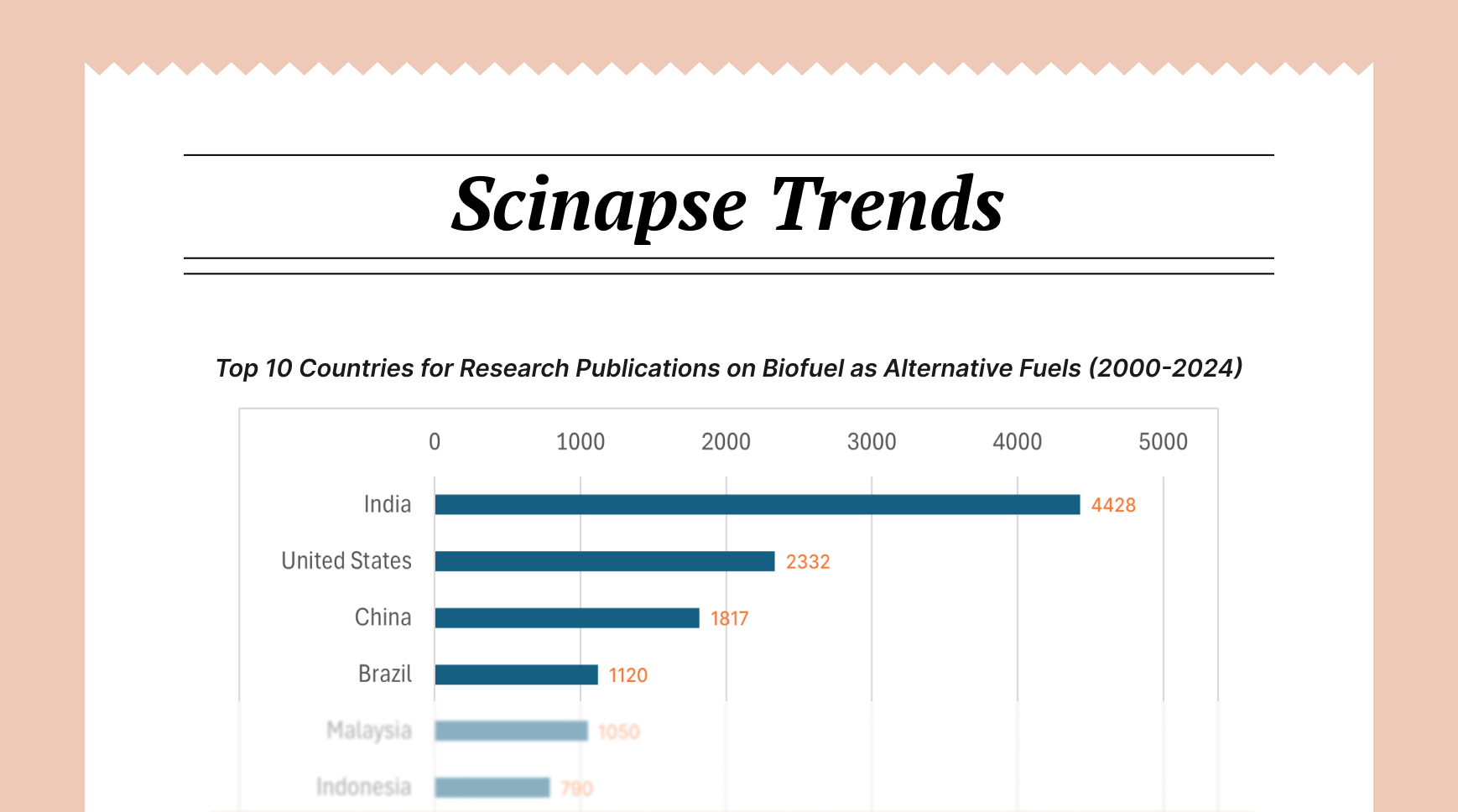Deciphering the Molecular Mechanisms of Meiotic DNA Double-Strand Break Formation and Repair (2020-2024)
Meiosis DSB Update: Unpacking SPO11 function, structure & regulation. Discover new insights on DNA break machinery & control.
Introduction
Meiosis is a specialized cell division essential for sexual reproduction, ensuring genetic diversity through the exchange of genetic material between homologous chromosomes. This exchange is initiated by the formation of DNA double-strand breaks (DSBs), a process tightly regulated to ensure genome stability and accurate chromosome segregation. Recent research has focused on elucidating the molecular players involved in DSB formation, the mechanisms controlling their activity, and the evolutionary conservation of these processes. This mini-review summarizes advancements in these areas over the past five years, drawing exclusively from the provided list of publications.
SPO11 and the DSB Machinery: Structure, Function, and Regulation
A central focus of recent research has been the characterization of SPO11, the highly conserved protein responsible for catalyzing DSB formation. Scott Keeney's laboratory has contributed significantly to understanding the structural and functional aspects of the SPO11 core complex, revealing key insights into its mechanism of action (Corentin Claeys Bouuaert et al., 2020, Nature Structural & Molecular Biology; Corentin Claeys Bouuaert et al., 2021, Nature Structural & Molecular Biology). These studies have been complemented by work from Corentin Claeys Bouuaert's group, which has explored the role of DNA condensation in assembling the meiotic DNA break machinery (Corentin Claeys Bouuaert et al., 2020, Nature; Corentin Claeys Bouuaert et al., 2021, Nature). Further research by Corentin Claeys Bouuaert's group has also provided insights into the mechanism and control of meiotic DSB formation in S. cerevisiae (Vikash Kumar Yadav et al., 2020, Front. cell dev. biol.; Vikash Kumar Yadav et al., 2021, Front. cell dev. biol.).
The mechanics of SPO11-mediated DNA cutting have also been investigated. Matthew J. Neale's and Valérie Garcia's research group demonstrated that SPO11 generates concerted cuts, illuminating the mechanics of meiotic DNA breaks (Dominic Johnson et al., 2020, Nature; Dominic Johnson et al., 2021, Nature). Franz Klein's laboratory has shown that SPO11 generates gaps through concerted cuts at sites of topological stress (Silvia Prieler et al., 2020, Nature; Silvia Prieler et al., 2021, Nature). Franz Klein's group also demonstrated that physical interaction with Spo11 mediates the localisation of Mre11 to chromatin in meiosis and promotes its nuclease activity (Rakesh Aithal et al., 2024, Nucleic Acids Research).
Furthermore, the regulation of DSB formation has been explored. André Nussenzweig's group has shown that ATM and PRDM9 regulate SPO11-bound recombination intermediates during meiosis (Jacob Paiano et al., 2020, Nature Communications). Attila Tóth's and Marcello Stanzione's research group identified a four-pronged negative feedback mechanism of DSB machinery in meiotic DNA-break control in mice (Ihsan Dereli et al., 2020, Nucleic Acids Research; Ihsan Dereli et al., 2021, Nucleic Acids Research). Peter M. Carlton's laboratory has demonstrated that phosphoregulation of DSB-1 mediates control of meiotic double-strand break activity (Heyun Guo et al., 2021, eLife; Heyun Guo et al., 2022, eLife).
Conservation and Divergence of Meiotic Mechanisms
Another area of active investigation is the evolutionary conservation and divergence of meiotic DSB formation mechanisms across different species. Mathilde Grelon's group has studied the conservation and divergence of meiotic DNA double-strand break forming mechanisms in Arabidopsis thaliana (Nathalie Vrielynck et al., 2020, Nucleic Acids Research; Nathalie Vrielynck et al., 2021, Nucleic Acids Research). Anne M. Villeneuve's laboratory has investigated Caenorhabditis elegans DSB-3, revealing conservation and divergence among protein complexes promoting meiotic double-strand breaks (Albert W. Hinman et al., 2020, Proceedings of the National Academy of Sciences; Albert W. Hinman et al., 2021, Proceedings of the National Academy of Sciences). Bernard de Massy's research group has explored the evolution and diversity of the TopoVI and TopoVI-like subunits, with extensive divergence of the TOPOVIBL subunit (Julia Brinkmeier et al., 2020, Molecular Biology and Evolution; Julia Brinkmeier et al., 2021, Molecular Biology and Evolution; Julia Brinkmeier et al., 2022, Molecular Biology and Evolution). Jean‐René Huynh's group has revealed conserved meiotic mechanisms in the cnidarian Clytia hemisphaerica through Spo11 knockout (Catriona Munro et al., 2023, Science Advances). Sunanda Bhattacharyya's laboratory has shown that Plasmodium Topoisomerase VIB and Spo11 constitute functional Type IIB Topoisomerase in malaria parasite, with a possible role in mitochondrial DNA segregation (Priyanka Singh et al., 2023, Microbiology Spectrum).
The REC114-MEI4-IHO1 Complex and Associated Factors
The REC114-MEI4-IHO1 complex plays a crucial role in regulating meiotic DNA double-strand break formation. Jan Kadlec's group has extensively characterized this complex, providing insights into its function (Hamida Laroussi et al., 2021, The EMBO Journal; Hamida Laroussi et al., 2022, The EMBO Journal; Hamida Laroussi et al., 2023, The EMBO Journal). Corentin Claeys Bouuaert's group has also contributed to understanding the evolutionary conservation of the structure and function of meiotic Rec114-Mei4 and Mer2 complexes (Dima Daccache et al., 2022, Genes & Development; Dima Daccache et al., 2023, Genes & Development). Maria Paola Paronetto's group has shown that the RNA-binding protein FUS/TLS interacts with SPO11 and PRDM9 and localizes at meiotic recombination hotspots (Teresa Giannattasio et al., 2023, Cellular and Molecular Life Sciences). Frédéric Baudat's group has shown that FIGNL1-FIRRM is essential for meiotic recombination and prevents DNA damage-independent RAD51 and DMC1 loading (Akbar Zainu et al., 2024, Nature Communications).
Conclusion
Recent advancements in the field of meiotic DSB formation and repair have significantly enhanced our understanding of the molecular mechanisms underlying these processes. Research has focused on characterizing the structure and function of key proteins like SPO11, elucidating the regulatory pathways that control DSB formation, and exploring the evolutionary conservation of these mechanisms across diverse species. These studies have provided valuable insights into the fundamental processes of meiosis and have paved the way for future research aimed at understanding the causes and consequences of meiotic errors.
✨ About This POST
This mini-review post was generated through Scinapse. Scinapse provides reliable research trend analysis using citation analysis and AI technology.
Check out the trends in your field too!
Get started at https://scinapse.io


Comments ()